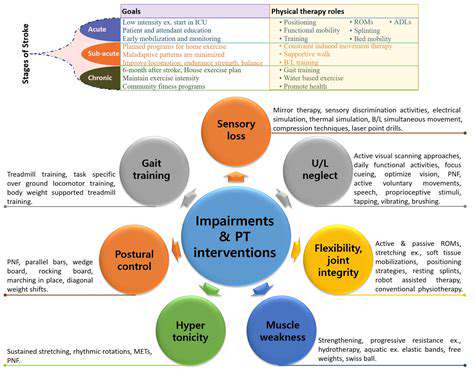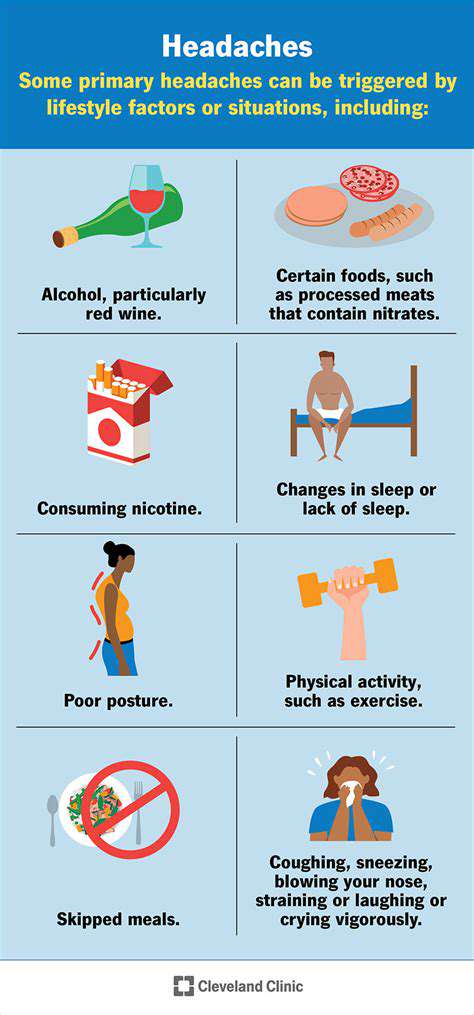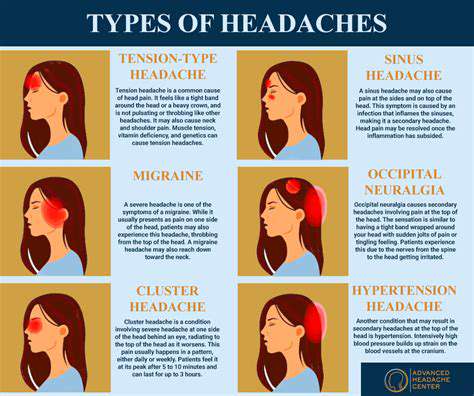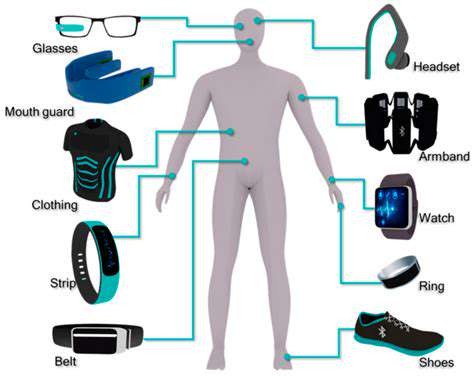Biofeedback Training for Migraine Control
The Role of Relaxation and Stress Management in Biofeedback-Assisted Migraine Control
Understanding the Connection Between Stress and Migraines
Chronic stress is a significant contributing factor to migraine development and frequency. The body's physiological response to stress, often involving the release of hormones like cortisol and adrenaline, can trigger a cascade of events that increase the likelihood of a migraine attack. This heightened physiological state can affect blood vessel constriction and dilation within the brain, leading to the throbbing pain and other symptoms characteristic of migraines. Understanding this connection is crucial for developing effective strategies to manage migraines and prevent future attacks.
Recognizing personal stress triggers is paramount in managing migraines effectively. Identifying situations, activities, or thought patterns that consistently lead to heightened stress levels allows for proactive measures to mitigate these triggers. These measures may involve lifestyle adjustments, such as establishing healthy sleep patterns, incorporating regular exercise, or practicing mindfulness techniques. Furthermore, identifying and addressing underlying emotional stressors can significantly reduce the frequency and intensity of migraine attacks.
The Role of Biofeedback in Stress Reduction
Biofeedback provides a powerful tool for stress management by allowing individuals to gain awareness and control over physiological processes that contribute to stress responses. This technique involves monitoring physiological signals like heart rate, muscle tension, and skin temperature and providing immediate feedback to the individual. By learning to consciously regulate these signals, individuals can begin to identify and alter patterns of stress response. This process helps to retrain the brain's response to stress, reducing the likelihood of triggering a migraine.
Through biofeedback, individuals can learn to consciously relax their bodies and minds. This learned ability to regulate physiological responses can significantly reduce the frequency and severity of migraines. Furthermore, biofeedback can help identify specific stressors or triggers that might not be immediately apparent. This heightened awareness empowers individuals to implement more effective coping mechanisms and to develop a greater sense of self-regulation in managing stress.
Strategies for Integrating Relaxation Techniques into Daily Life
Integrating relaxation techniques into daily routines is crucial for long-term migraine management. Strategies such as deep breathing exercises, progressive muscle relaxation, and mindfulness practices can effectively reduce stress and promote relaxation. Regular practice of these techniques can help to establish a physiological state of calm, making the body less susceptible to the stress-induced triggers that can initiate a migraine attack. Incorporating these techniques into the daily schedule, even in short bursts throughout the day, can significantly contribute to a more relaxed and resilient state of being.
In addition to specific relaxation exercises, creating a supportive environment is equally important. This involves establishing healthy sleep habits, maintaining a balanced diet, and engaging in regular physical activity. Prioritizing sufficient rest, nutrition, and exercise not only supports overall well-being but also directly contributes to managing stress and reducing the likelihood of migraine attacks. Creating a structured routine that integrates these elements of self-care can contribute significantly to managing chronic stress.












